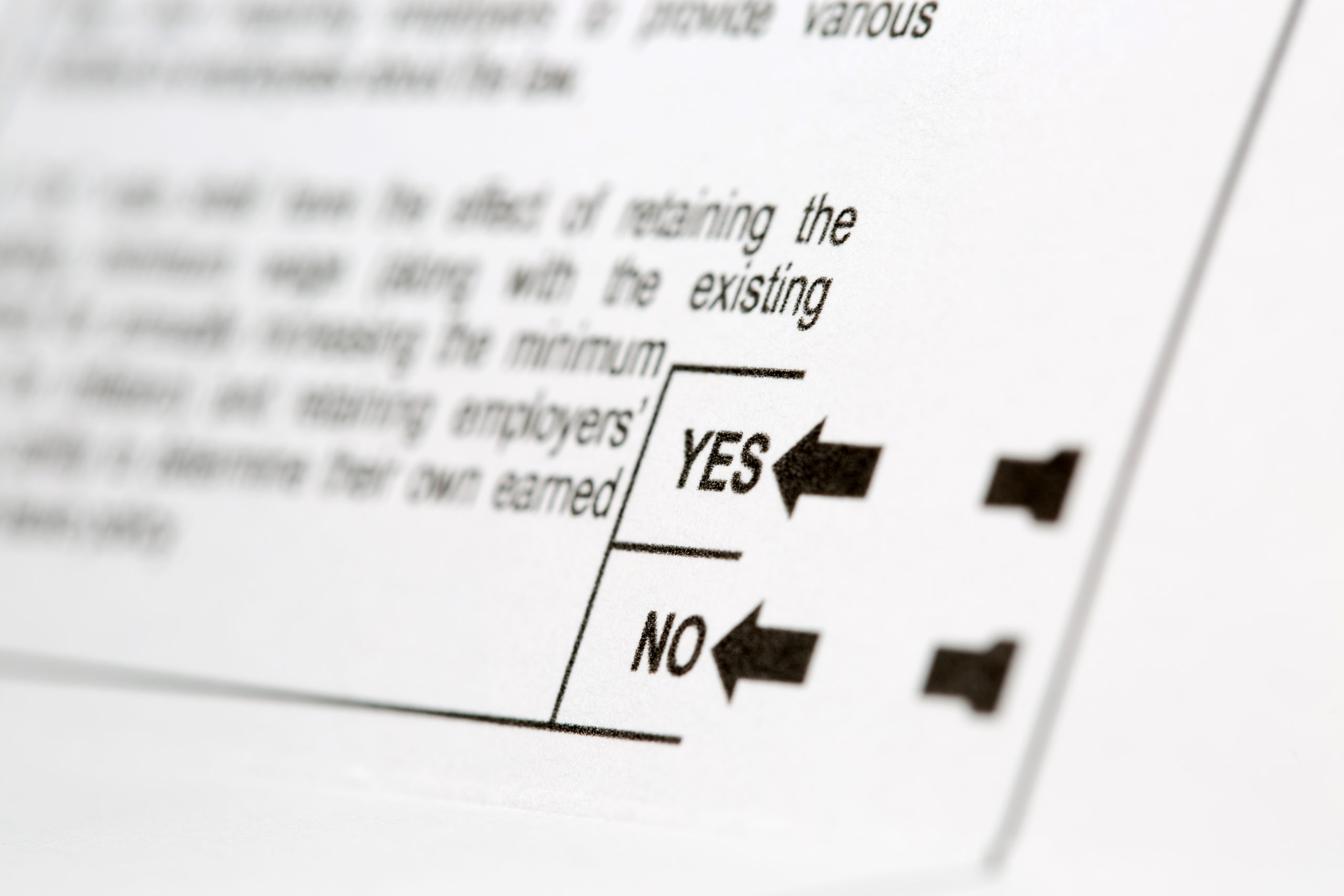 California’s unique real property tax system has been a regular feature in my blog since its beginnings. In particular, the intricacies of Proposition 13 and the adjustments that have been made to that pioneering program over the years have invited a significant amount of focus. As we approach the November 2020 election and the ballot measures to be voted on this year, I would like to draw your attention to Proposition 19, the latest effort by the California Association of Realtors (“CAR”) to expand the “portability” of certain taxpayers’ residential assessed values.
California’s unique real property tax system has been a regular feature in my blog since its beginnings. In particular, the intricacies of Proposition 13 and the adjustments that have been made to that pioneering program over the years have invited a significant amount of focus. As we approach the November 2020 election and the ballot measures to be voted on this year, I would like to draw your attention to Proposition 19, the latest effort by the California Association of Realtors (“CAR”) to expand the “portability” of certain taxpayers’ residential assessed values.
After the passage of Proposition 13 in 1978, California voters approved three modifications to that law (Propositions 60, 90 and 110) to allow persons 55 years old and up and certain disabled persons, on a one-time basis, to transfer the assessed value of their home to a replacement home of equal or lesser value, either in the same county or in a county that has approved intra-county assessed value transfers. Shifting a home’s assessment, commonly known as “portability,” has been the subject of efforts by the CAR in 2017 and 2018 to expand the rights of homeowners to transfer their tax assessments from one residence to another. Unfortunately, in my view, these prior efforts did not succeed.
Proposition 19 is the CAR’s latest effort to expand “portability” in California, and is up for a vote on the November 2020 ballot. But this one has a “poison pill” for those of us who work with family transfers of real estate that makes this particular attempt hard to swallow. Specifically, while Proposition 19 makes “portability” available statewide regardless of county, allows “portability” with respect to a replacement home of greater value (subject to upward adjustment), and increases from one to three the number of times a taxpayer can exercise this “portability” benefit, it also places significant limits on the existing parent-child and grandparent-grandchild transfer exemptions that were previously enacted into law as constitutional amendments by the voters of California.
Those exemptions were passed with the adoption of Proposition 58 in 1986 for parent-child transfers, and with the adoption of Proposition 193 in 1996 with respect to grandparent-grandchild transfers. As codified at Revenue & Taxation Code Section 63.1, these propositions exempt from reassessment the purchase or transfer of property from a parent to a child (or a grandparent to a grandchild when both parents of the grandchild have died) where the property is the transferor’s principal residence, as well the first $1,000,000 in full cash value of all other real property Taken together, these exemptions have provided practitioners with a useful generational property tax planning tool for decades.
If approved this November, however, Proposition 19 would limit the principal residence parent-child and grandparent-grandchild exemptions to the first $1,000,000 in assessed value, and would eliminate in its entirety the parent-child and grandparent-grandchild exemptions with regard to any other real property. For these reasons, Proposition 19 ends up being a mixed bag for taxpayers, as the expansion of one taxpayer relief measure comes at the direct reduction of another taxpayer relief measure. The Howard Jarvis Taxpayers Association, which was founded by the co-sponsor of Proposition 13 for the purpose of, inter alia, defending that law, has opposed Proposition 19.
It may be helpful to note that Proposition 19 took a long, strange trip to the ballot box, including the submission and withdrawal of an initiative containing slightly different provisions, tense and convoluted negotiations with the legislature, and threatened litigation over the way in which the proponents were attempting to put this proposal in front of California voters, before the current version was finalized. In an apparent effort to court support, the current version of Proposition 19 also provides that any increased revenues or savings resulting from the measure shall be allocated to wildfire agencies and counties. All in all, this proposal takes away more than it gives to those who bear the burden of property taxes.



